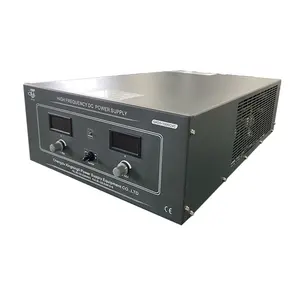Understanding Bridge Rectifiers
A bridge rectifier stands as a pivotal component in modern electronics, converting alternating current (AC) into direct current (DC). This process is essential for devices that require a steady DC voltage for operation. Bridge rectifiers are widely utilized in power supplies, where they serve to rectify the input voltage and maintain the integrity of the DC output.
Types of Bridge Rectifiers
The full wave bridge rectifier is a common type, known for its ability to convert the entire input waveform into DC, unlike its counterpart, the half wave rectifier full wave rectifier, which only utilizes half of the AC wave. The full bridge rectifier ensures a consistent polarity output, which is crucial for the stability of electronic circuits. Additionally, the diode bridge rectifier is a specific configuration of rectifiers that employs diodes to direct the current flow, ensuring the output remains with a consistent polarity.
Applications and Features
Bridge rectifiers are integral in various applications, from small-scale electronics to large industrial machinery. The full wave rectifier and bridge rectifier combination is particularly beneficial in applications requiring efficient energy conversion. These rectifiers are designed to handle different power supply types, such as single-phased for residential use and three-phase for industrial environments. The full bridge diode rectifier is known for its robustness in these settings, providing a reliable DC output.
Materials and Advantages
The construction of bridge rectifiers often involves semiconductor materials, with silicon being a common choice due to its effective conductivity and durability. The full wave bridge rectification process offers the advantage of a higher output voltage and better transformer utilization factor. Moreover, bridge rectifiers like the mb10f model are designed to ensure that even if the power source orientation is incorrect, the device's polarity remains unchanged, enhancing safety and circuit protection.
Choosing the Right Bridge Rectifier
Selecting the appropriate bridge rectifier requires an understanding of the device's voltage and current requirements. It is essential to consider the rectifier's peak repetitive reverse voltage (PRRV), which indicates the maximum voltage the rectifier can withstand. Additionally, the forward current rating is crucial as it determines the maximum current the rectifier can conduct without damage.
Conclusion
In summary, bridge rectifiers are essential components in the realm of electrical engineering, facilitating the conversion of AC to DC with high efficiency. The full bridge rectification technology ensures that electronic devices receive a stable DC supply, which is vital for their optimal operation. For those in need of these components, a diverse selection is available to meet various technical requirements.




































 浙公网安备 33010002000092号
浙公网安备 33010002000092号 浙B2-20120091-4
浙B2-20120091-4